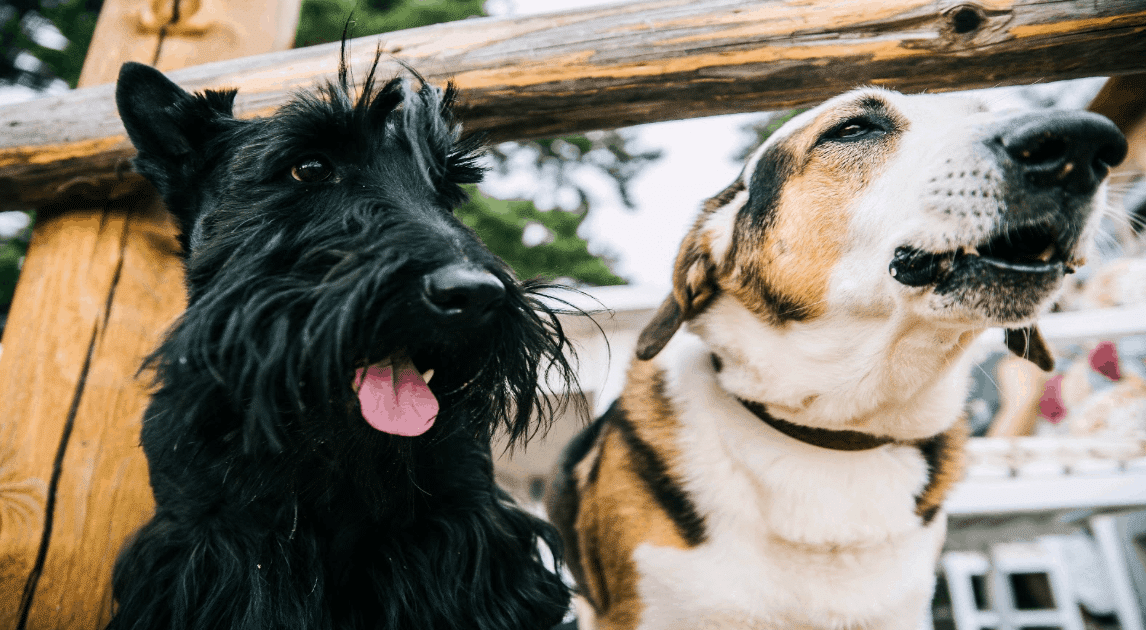
Fleas are one of the most common parasites that animals can catch. These little annoying creatures can hitch a ride from anywhere and find their way between your pet’s fur, where they have a warm home for themselves and their eggs. The thing about fleas is that they are very tiny, which means it is very difficult to spot them between all the fur.
Fleas are hard to find, yes, but they do leave clues behind proving that they unfortunately inhabiting your furry friend. Your pet itself is your biggest clue, observing its behavior will be a great indication of whether it has fleas or not.
Excessive scratching
Dogs do not groom themselves as much as cats do, so it is preferable to watch out if your pet is seen excessively scratching itself throughout the day. This could be tricky with cats because we are all used to see cats grooming themselves, so licking or scratching their fur does not stand out as much. You might want to observe your cat’s grooming habits if you are suspicious, if your cat does have fleas then it will aggressively groom herself to get rid of them.
Hair loss
Fleas are known for their annoying, itchy bites, so your pet is bound to be seen scratching all the time, which could lead to hair loss. Unfortunately, excessive biting and scratching can lead to empty patches on your pet’s body.
Red bumps
Examining your pet’s fur for flea bites is a good idea, but because even flea bites are as small as they are, they are too hard to find. Some cats and dogs will show an allergic reaction to a flea’s saliva and/or to its bite. If your dog is allergic the bites will be easier to spot because of how big they are compared to bites on dogs that are not allergic. Normally, there are very tiny red spots or bumps on your pet’s skin.
Grooming
If you suspect that your pet is suffering from a flea infestation, make them stand on a white towel then proceed by brushing their fur. Fleas will get irritated by all the grooming, so they will jump off, or fall on the towel then you will be able to spot them. If it is not a mild infestation, you will be able to spot flea eggs and the fleas themselves. They will look like tiny black pepper specs, but they will be easier to spot this way.
Gums
Checking your pet’s gums is a good idea as well. If your pet has been carrying fleas for some time, then they might suffer from anemia because of the amount of blood that they lost over the days. If your pet suffers from anemia, then their gums will look a bit paler than usual. Anemia that is caused by flea bites are dangerous if your pet is still very young, regardless of the age, you should take your pet to the vet anyway.
Flea dirt
Examine your pet’s bedding or food area for flea dirt, then get a damp piece of cloth and wipe them off. If these tiny black specs turn red, then they are flea dirt, if they don’t, then it is probably just regular dirt.
Light trap
Set a soapy warm water bowl next to your pet’s bedding and set a small lamp on top of it after turning off the lights in the room. If your pet is infested with fleas or fleas happen to be roaming around the area, they will be easily drawn to the light and they will jump towards it and drown in the soapy water. However, you should watch out for your pet because they should not drink from that water, so either put a kennel on them, or keep an eye on them if you are going to stay awake.
Pets and fleas
Unfortunately, it is very easy to catch fleas. If an animal is roaming around while its carrying fleas and flea eggs and your pet happens to be around the area, then it is not that difficult for your pet to catch fleas itself. Fleas are a common parasite that inhabits our furry friends often, so it is not that bad if you randomly check your pet even if you don’t suspect anything. But if you do suspect an infestation then familiarize yourself with the symptoms: Excessive scratching and biting, hair loss, red bumps, grooming test, gums check, flea dirt, and finally the light trap. Do not hesitate to contact your vet if you find fleas, and proceed with immediate treatment methods.